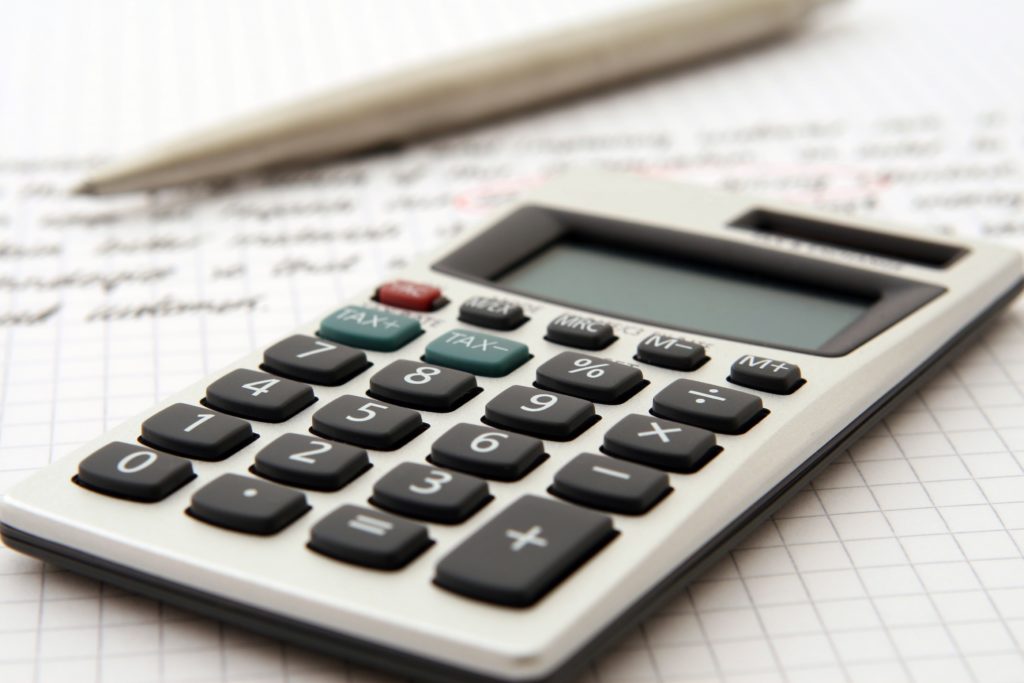Tax Tips for Freelancers and Small Business Owners

Tax season can be the worst time of year for those of us who are freelancers, business owners, or side gig hustlers. To help ease the pain, we recently hosted a panel here at Groundwork! with a CPA and a Financial Planner on tax do’s and don’ts.
Let’s be real: your fate for 2017 is probably sealed at this point. But you can start your best practices now to gain control of your tax situation in 2018. Here are some of our key takeaways from the panel:
Keep adequate records
When you are in the trenches running a business or juggling gigs, it’s easy to push record keeping to the bottom of your to-do list. This usually results in panic come tax season. Our panelists advise using cloud accounting software such as Quickbooks to keep track of business expenses. Some other tips include using a separate checking account for all business expenses, and using a mileage tracking app for the mileage deduction.
Ultimately, consulting with a professional for best practices is the safest way to go, and will save you money and time in the long run.
Pay quarterly taxes, or save for your taxes
Self-employment tax accounts for a significant chunk of your earnings, so if you haven’t been saving all year you will be in for a shock. This is perhaps the single biggest oversight by first-year freelancers. There are two ways to handle your self-employment tax burden:
- Pay quarterly. Work with a professional to get a quarterly estimate of your taxes and pay online for both your federal and state taxes.
- Save about 30% of each payment you receive. Keep it in a separate account that you cannot easily access throughout the year.
Try to avoid audit
Keeping adequate records will help you to report your expenses accurately. Be sure to only report your business-related expenses. Know that the IRS will compare you to others in your field, so if you live in a wealthy neighborhood and everyone else in your field is making way more than you, that would be a red flag.
Get your home office deduction right
Your home office must be used exclusively for business- no mixed use of any kind is allowed. You must also be actively managing your business from your home location. Consider doing the standard deduction for your home office– $5 per square foot for a maximum of 300 square feet.
Pay yourself properly
- If you are an LLC, pay yourself by taking a member’s draw. Simply write yourself a check from the business account and mark it in your accounting system as a member’s draw. Draw’s will not affect anything from a tax perspective as long as they don’t exceed the member’s basis.
- C corporations and S corporations make payments through payroll checks, from which they must withhold taxes and pay payroll taxes.
- The earnings from an S corporation pass through to the individual’s tax returns on a K-1 form. These earnings are not subject to self-employment tax.
This is a quick, basic summary of things to know and plan for if you are self-employed. But working with a professional really helps and might not be as unaffordable as you think! If you are local to the South Coast area, we highly recommend connecting with our two panelists who contributed the tips in this blog:
Lisa Raiche, CPA, Bodhi Business Advisors
Nick Briguglio, Business Mentor and Independent Financial Consultant
Good luck on your taxes!
- Meet Our General Manager: Nicole Cosme - February 26, 2024
- Can I use a coworking space for Google My Business? - April 26, 2023
- Marketing Lab: The Best Business Resource on the South Coast You Didn’t Know About - March 23, 2023
